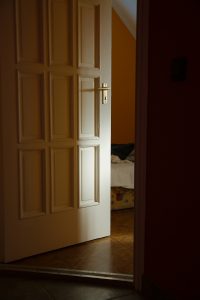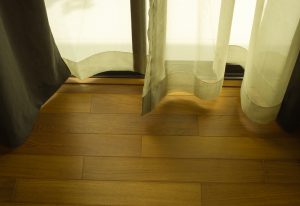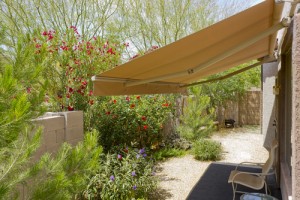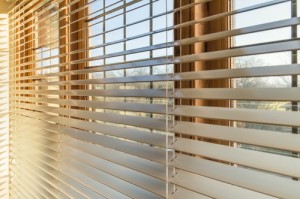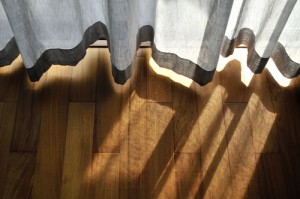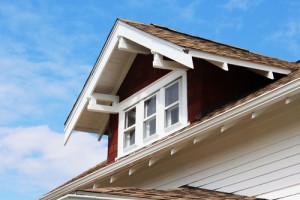In these ever-hotter days, many families look to invest in an air conditioner of one sort or another to help keep temperatures inside the house at a comfortable level. These appliances range from window sill units to built-in cooling systems. Regardless of which one you choose, there are a few things you can do to maximize the cooling effects on your home and keep your utility bills reasonably low throughout the summer months.
- Keep the doors open!
While it may seem like the obvious choice to close off a bedroom door while the air conditioner is running to keep the cold air in, this practice is actually causing hot air to come into your house! The principles of cooling and heating air are based on air flow. As cooler air is pushed into the room it pushes out the stagnant, hotter air. If this process is hindered by closed doors and windows, the room becomes pressurized. The air will find a way out somehow- usually by drawing air in from the outside. This air, in most cases, is warm and can contain higher levels of humidity and carbon monoxide.
Obviously you won’t want to keep all doors and windows open while you run your air conditioner, but keeping the inside doors open to enable easy air flow will get more cold air circulating through the house at a much faster rate.
- Practice Manual Habits to Lower the Impact
Even with the use of an air conditioner, there are simple things you can do in your home to lower the impact of the appliance on your utility bills. Keeping blinds and drapes closed when the sun comes through them, and opening windows at night to let cool air in are two easy things to incorporate into your daily summer routine.
- Find the Right Sized Unit for the Room
Make sure you are not straining your air conditioner by asking it to cool a much larger room than it is equipped for. Information on the packaging will help you determine how big of a space each unit is equipped to handle. An over-worked air conditioner can be, at best, ineffective and, at worst, dangerous.
- Choose “Energy Star” Rated Appliances
The Energy Star rating was created by the EPA in 1992 to label appliances with high energy efficiency. These ratings are now widespread and can help you find the most efficient air conditioner for your particular space.
- Manage Humidity
So often the unbearable feeling of an overheated house has more to do with accumulated humidity than it does merely temperature alone. Air conditioners will often profess to manage both humidity and temperature, but these happen simultaneously. By using exhaust fans when you engage in humidity-producing activities like bathing, washing dishes, and cooking, you can help significantly lower the water levels in your air, making the air conditioner work more effectively and efficiently.
Proper installation and maintenance are equally important as you bring these new appliances into your home this summer. But with a high-quality machine and a few daily practices you can easily enjoy the summer months in cooled-air comfort.
Click here to browse our selection of house plans; we’re confident you’ll find an option that’s perfect for you!

